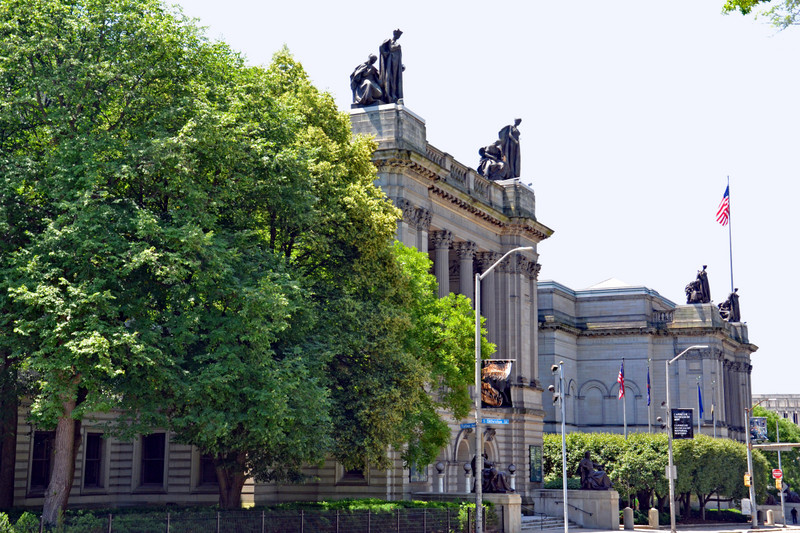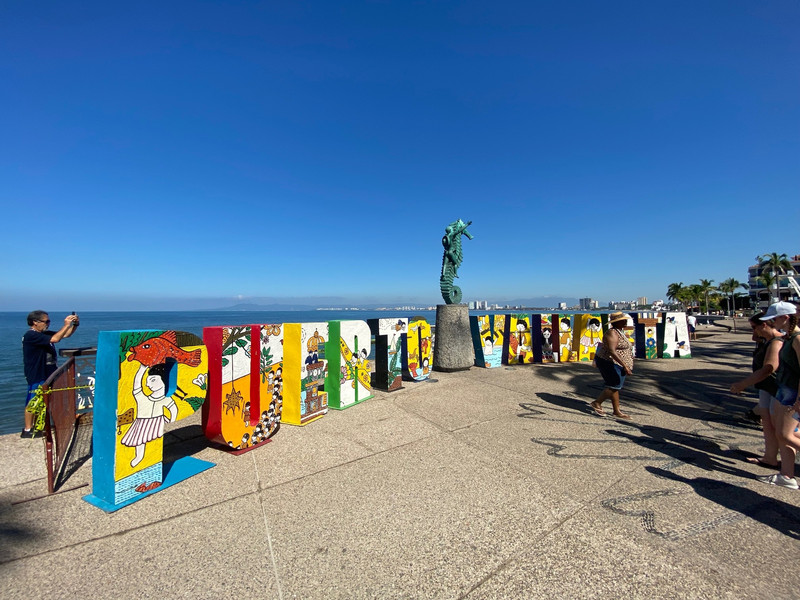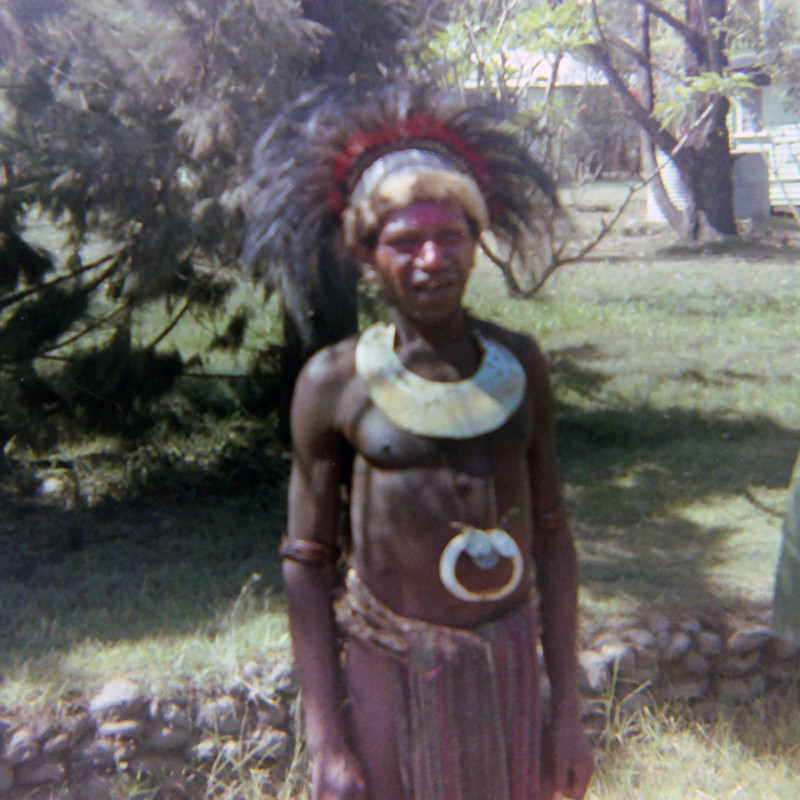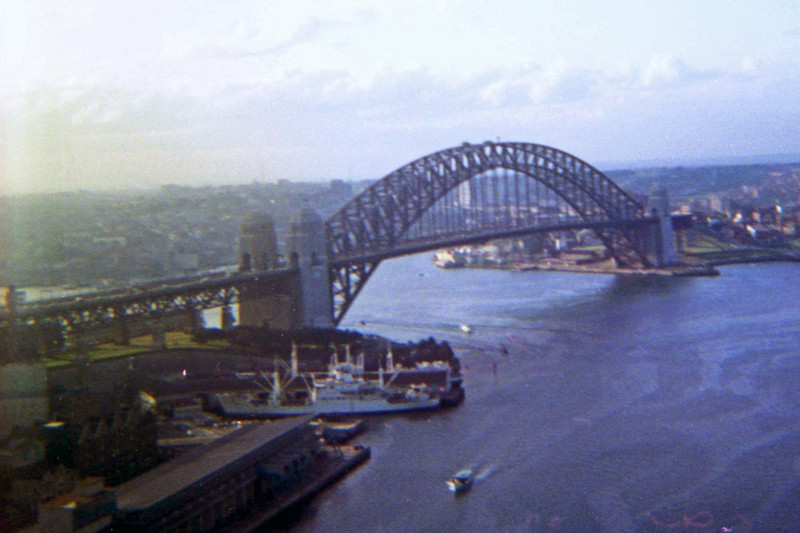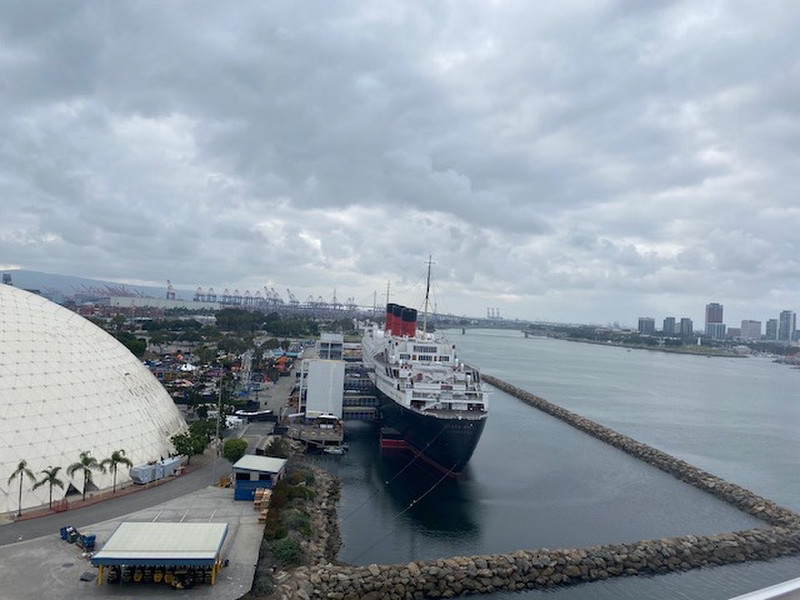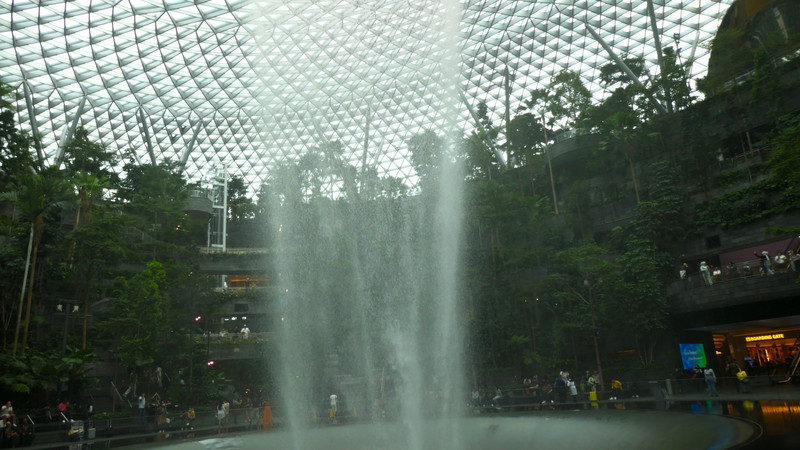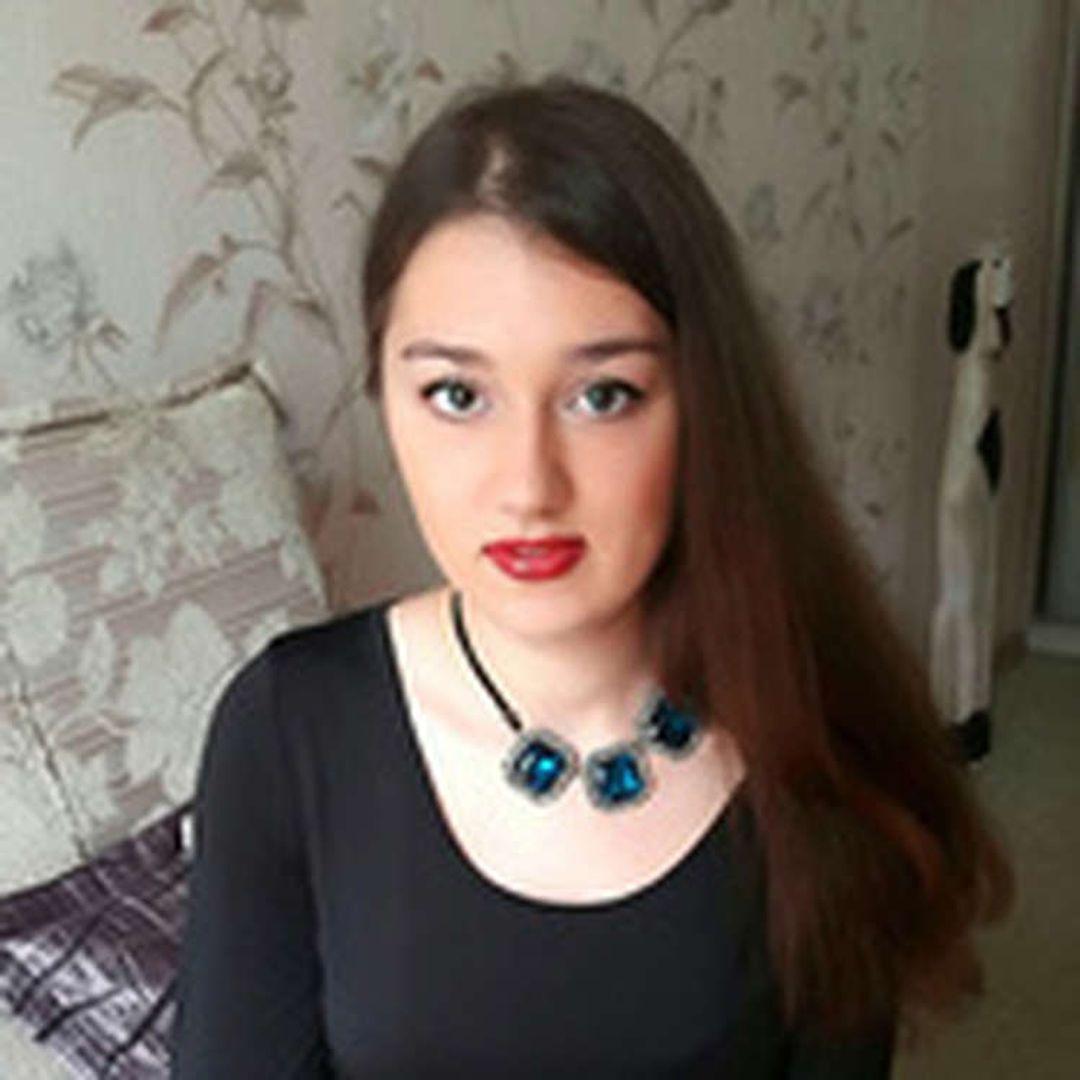Carnegie Museum of Natural History - Carnegie Museum of Art. 4400 Forbes Avenue. Carnegie Institute and Library. National Register of Historic Places 79002158. DSC_0536p1
The Carnegie Museums of Pittsburg officially consist of four museums. Together on Forbes Avenue in the Oakland Neighborhood are two museums in one: the Carnegie Museum of Art and the Carnegie Museum of Natural History. (The Carnegie Science Center and the Andy Wharhol Museum are elsewhere in he city.)
Steel industrialist Andrew Carnegie founded the Carnegie Institute in 1895. The Art Museum was first. Carnegie wanted to bring Art to Pittsburgh as well as to assemble copies of famous architecture show to Pittsburghers who did not have the means to travel to see them. It was the first US art museum to emphasize contemporary art. The Natural History museum began when Carnegie funded paleontological expeditions in Wyoming. In 1899, an expedition discovered Diplodocus skeleton. Dippy remains a featured attraction and the museums mascot. Today, the dinosaur collection is one of the museums prominent exhibits. Many of the fossils on exhibit were the first of their type to be discovered. This really is the original dinosaur exhibit.
On our visit, we saw the Hall of Minerals and Gems, Dinosaur Hall and Hall of Arctic Life in the Natural History wing and the Hall of Architecture and decorative
Dippy. Diplodocus carnegii. Dinosaur from the Jurassic era. Discovered in Wyoming in 1899. Carnegie Museum of Natural History. DSC_0497p1
arts rooms in the Art wing. I use the term wing, but, in fact, the Natural History and Art exhibit rooms are intermixed. An interesting live exhibit was the visible paleontology conservation laboratory enabling visitors to see museum curators at work. The Hall of architecture features models or reproductions of European architectural gems. Carnegie was bringing Europe and its treasures to the people.
The Carnegie Museum of Art emphasizes decorative arts, though paintings, sculpture and stained glass are also to be found.
There is gallery space for several special exhibits. On our visit, there was an exhibit of the work of National Geographic photographers and another of the Circle of Animals/Zodiac Heads sculpture group by Chinese artist Ai Wewei.
